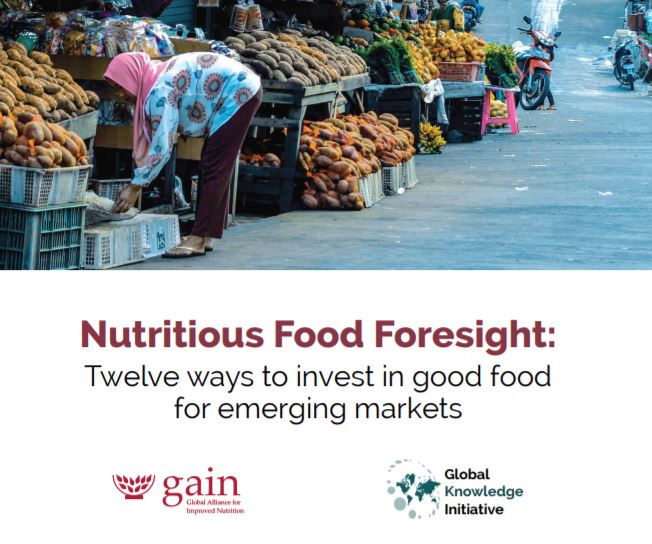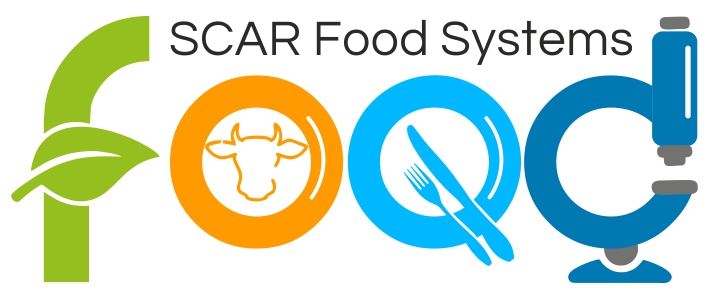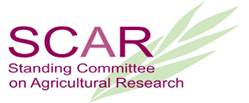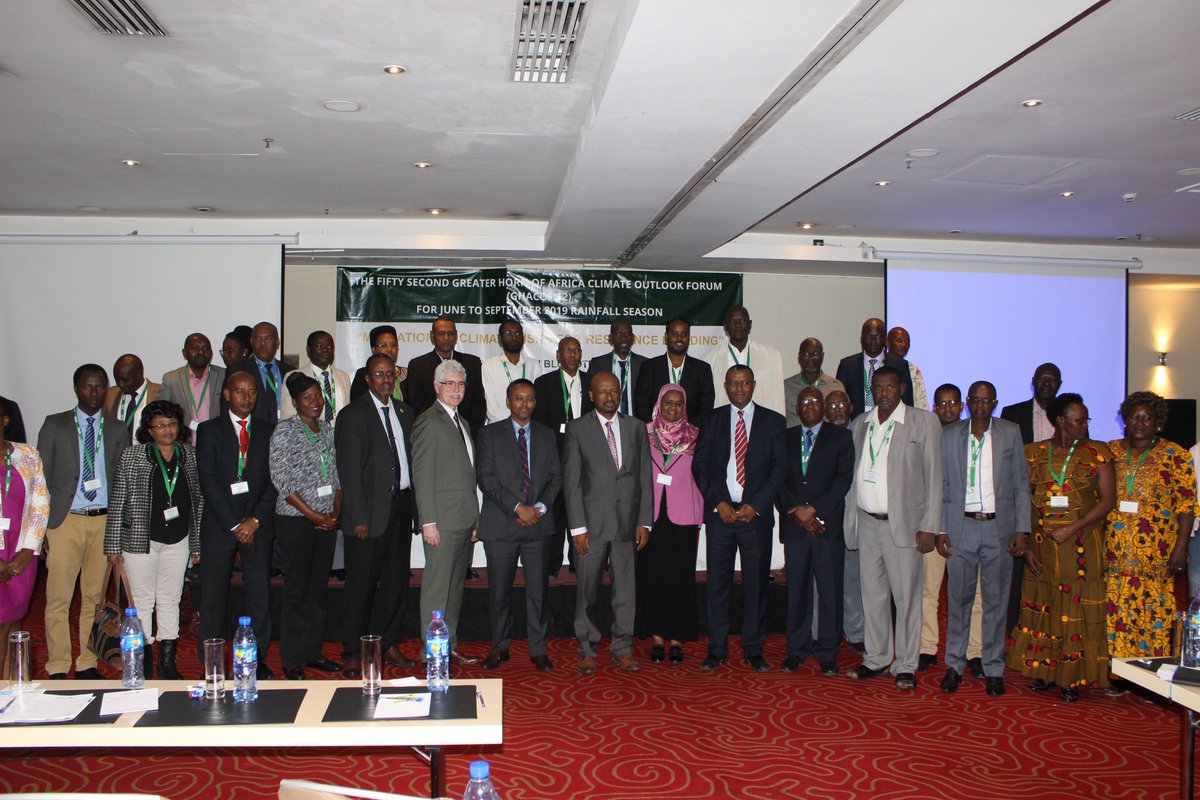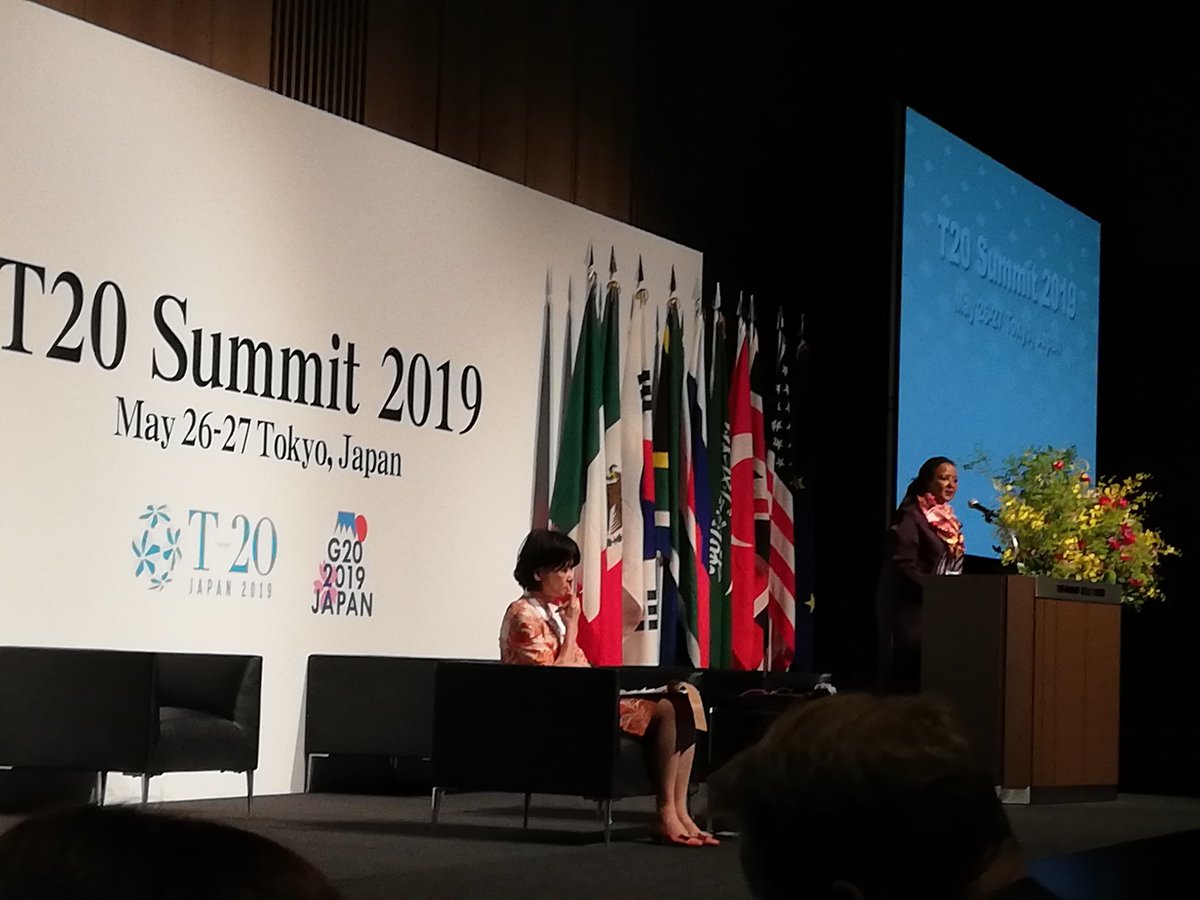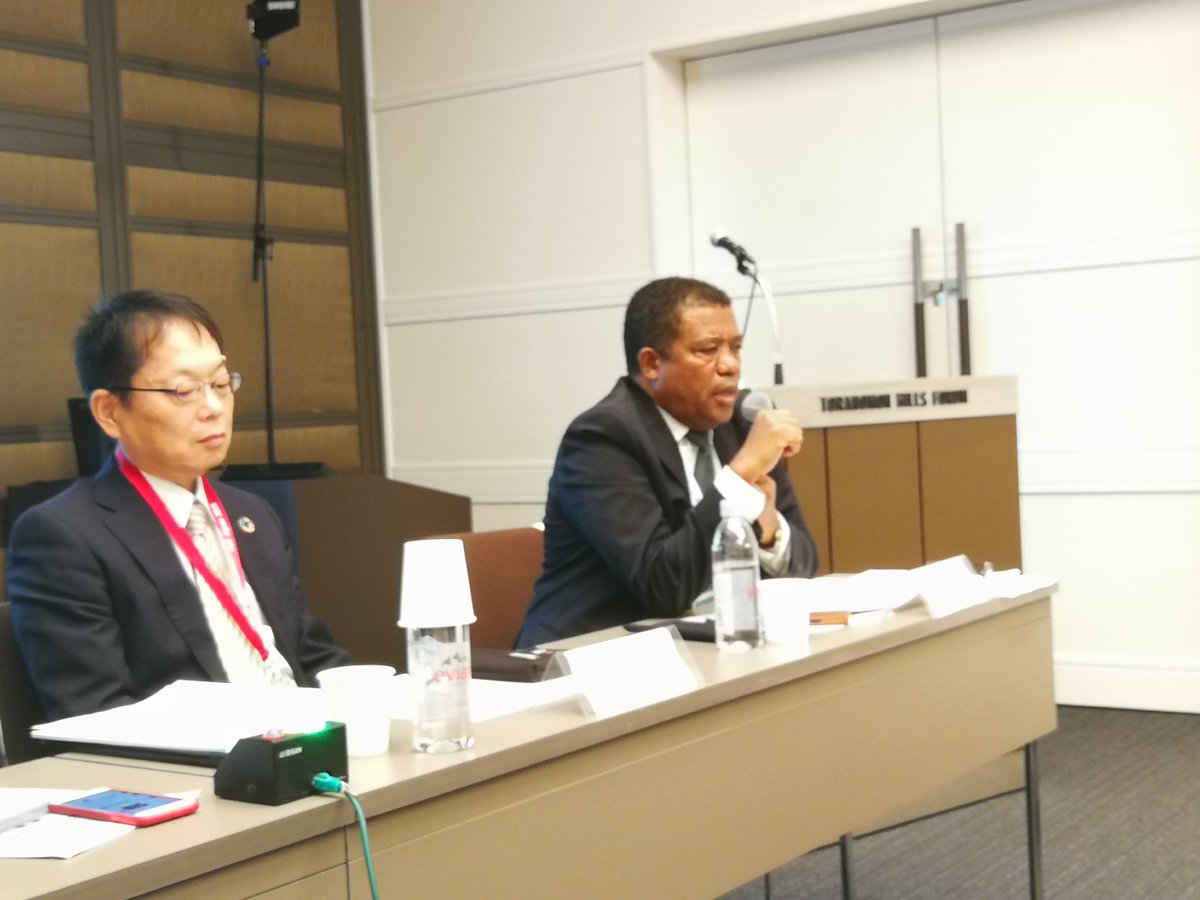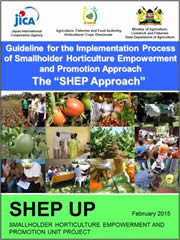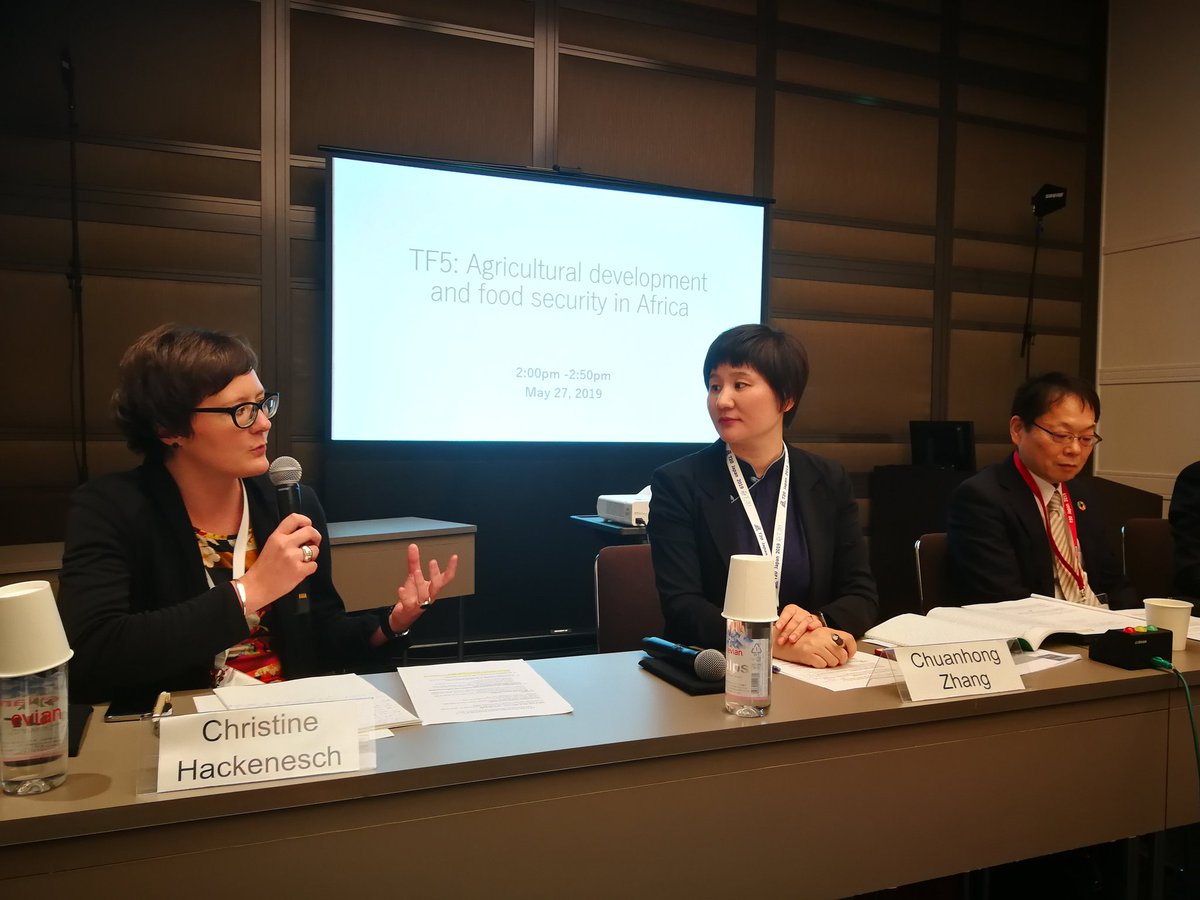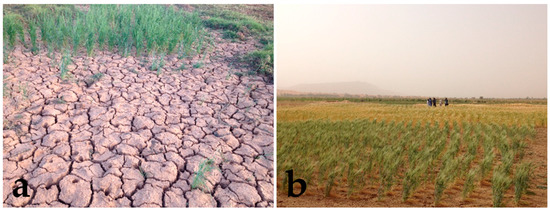 Study of Mechanized Agricultural Services Needs in theRural Communities of Béréba and Koumbia in the Cotton-Growing Region of Western Burkina Faso
Study of Mechanized Agricultural Services Needs in theRural Communities of Béréba and Koumbia in the Cotton-Growing Region of Western Burkina Faso
Although predominantly an
agricultural country (40% of GDP), Burkina Faso continues to import cereals to
feed its population. Farmers in Burkina Faso still use rudimentary tools to
produce in unpredictable climatic conditions. Late rains, shorter seasons, and
farm labour shortage are all challenges that are difficult to overcome through
draught power and manual work.
And yet, the population engaged in agriculture in Burkina Faso consists largely of smallholder producers (75%). As a result, only 25% of farmers are deemed to have the means to acquire a tractor to mechanize farming operations in order to modernize the agricultural sector and address the issues of productivity and labour shortage, as well as the need to plough at the right time to keep up with the crop calendar.
And yet, the population engaged in agriculture in Burkina Faso consists largely of smallholder producers (75%). As a result, only 25% of farmers are deemed to have the means to acquire a tractor to mechanize farming operations in order to modernize the agricultural sector and address the issues of productivity and labour shortage, as well as the need to plough at the right time to keep up with the crop calendar.
Seventy-five per cent of
producers are assumed to be unable to afford a tractor to deal with the
numerous challenges mentioned above. The aim of the study of the needs for
mechanized agricultural services in the cotton-growing area of western Burkina
Faso was to analyse the need and demand for mechanization services in order to
put forward appropriate solutions that address the concerns of most
agricultural producers.
The study shows that demand for tractor services was quite low (30%). The main
crops of the area were maize, cotton, sorghum and millet respectively. Sixty-five per cent
of total demand was met. Prices for services varied between 15,000 and 30,000,
whereas willingness to pay was between 10,000 and 17,500. This translates into a
sharp imbalance between supply and demand for mechanized agricultural services.
Download publication: FARA Africa
 Socio-Economic Impact of the Multi-Stakeholder Milk Innovation Platform on Actors in Banfora: Status and Prospects
Socio-Economic Impact of the Multi-Stakeholder Milk Innovation Platform on Actors in Banfora: Status and Prospects
Since 2015, the Forum for
Agricultural Research in Africa (FARA), in partnership with German Government
represented by the “Centre for Development Research” (ZEF), University of Bonn,
under the “One World No Hunger” initiative has undertaken to implement the
“Programme of Accompanying Research for Agricultural Innovation (PARI)” in
twelve African countries, including Burkina Faso.
- PARI believes that research and innovation initiatives in African agriculture have been successful, considering the concept of Integrated Agricultural Research for development (IAR4D) promoted by FARA.
- PARI supports agricultural research in scaling up agricultural innovations in Africa and thus contributes to the development of the agriculture sector. PARI is jointly implemented with Green Innovation Centres and soil protection and rehabilitation projects under the “One World No Hunger” initiative.
- It is within this overall framework of implementation of the activities of the said partnership that INERA is empowered in Burkina Faso to contribute to the achievement of a number of objectives, including, for 2017, conducting a study of the socio-economic impact of the Banfora milk innovation platform (IP) on stakeholders of the value chain and determining future investment needs for greater impact and sustainability.
This study complements the
in-depth 2016 milk-IP case study, which contributed to the capitalization of IP
knowledge and experiences across the country.
- The results show that the milk collection system works relatively well and ensures supply of 2,100 litres and 700 litres of milk per day in times of high and low production respectively on the entire network of collection points to three fast growing mini-dairies.
- IP gives member breeders an additional monetary gain of CFAF 20,500/year compared to non-IP members. However, production is negatively impacted by IP membership because cows are stabled while complementation is still low.
- The establishment of a mechanism to allow access to food concentrates (molasses, cottonseed seeds and cottonseed cake, corn bran, etc.) represents a major lever for improving milk production in the dry season. Further, the development of fodder production with quality species adapted to the area would also be a major asset to be explored by IP to develop milk production.
- Rations must be developed to allow farmers to participate with an assurance of profitability. One of the challenges to be addressed is improving the detection rate of zoonosis (tuberculosis and brucellosis) among milking cows to protect consumers.
Download publication: FARA Africa
 Evaluation of the Benefits of the Hitched Culture on Farms: Case of Kara and Savannah in the Northern Region of Togo
Evaluation of the Benefits of the Hitched Culture on Farms: Case of Kara and Savannah in the Northern Region of Togo
The harnessed culture introduced
in Togo since the German colonial period increased with the Project of Support
to Animal Traction (PROTA) and the establishment of Agricultural Equipment
Production Unit (UPROMA) in the year1980.
- Despite a lack of interest in the use of this technology in the year 2012 in certain regions of Togo, the technology has truly taken root in the savannah region which still accounts for about 89% of the national team.
- Thanks to the training courses administered by the CARTO center and the follow-up of trainees, animal traction has led to changes in respect of the cropping pattern, the practice of sowing on-line, the use of improved seeds, chemical fertilizers, and phytosanitary products.
- The practice of harnessed cultivation led to an increase in the size of cultivated areas, a modification of offshore banking: how to legally open an offshore bank account the types of speculation practiced and provided additional income.
- the creation of new training centers and the revitalization of the former training centers in harnessed culture,
- the creation of breeding centers for draft oxen and the supply of veterinary products for the health monitoring of animals.
- Research into the use of donkeys in animal traction and the transport of crops is a path to explore.
Download publication: FARA Africa
 Evaluation of the Inventory of Endogenous Knowledge on the production and Conservation of Peanut in Togo
Evaluation of the Inventory of Endogenous Knowledge on the production and Conservation of Peanut in Togo
Peanut is a legume that comes
into the diet of men in various forms. In the 1960’s, India, China and West
Africa were the only three continents that produced the most peanuts with each
continent producing about 35%, 19% and 18% of the total amount respectively,
representing a total of 72% of the world production. Most peanuts are produced
by small scale farmers.
Togo’s production of peanuts is indicated to range from 12,000 tons in 1961 to 9,000 tons in 1962 (LABROUSSE & GODRON, 1965). This variation in national production is still observed today, from 25,972 tons in 2001, to 38,244 tons in 2004, to 26919 tons in 2006, and to 47,369 tons in 2012 (DSID, 2012).
There is often a deficit in peanut consumption in southern Togo. In the southern parts of the country, most crops are used for consumption as fresh peanuts. Peanut production in the Northern regions however produces more peanuts thereby reducing the deficit recorded in the southern sector (Ministry of Rural Development, 2000).
Togo’s production of peanuts is indicated to range from 12,000 tons in 1961 to 9,000 tons in 1962 (LABROUSSE & GODRON, 1965). This variation in national production is still observed today, from 25,972 tons in 2001, to 38,244 tons in 2004, to 26919 tons in 2006, and to 47,369 tons in 2012 (DSID, 2012).
There is often a deficit in peanut consumption in southern Togo. In the southern parts of the country, most crops are used for consumption as fresh peanuts. Peanut production in the Northern regions however produces more peanuts thereby reducing the deficit recorded in the southern sector (Ministry of Rural Development, 2000).
Download publication: FARA Africa






